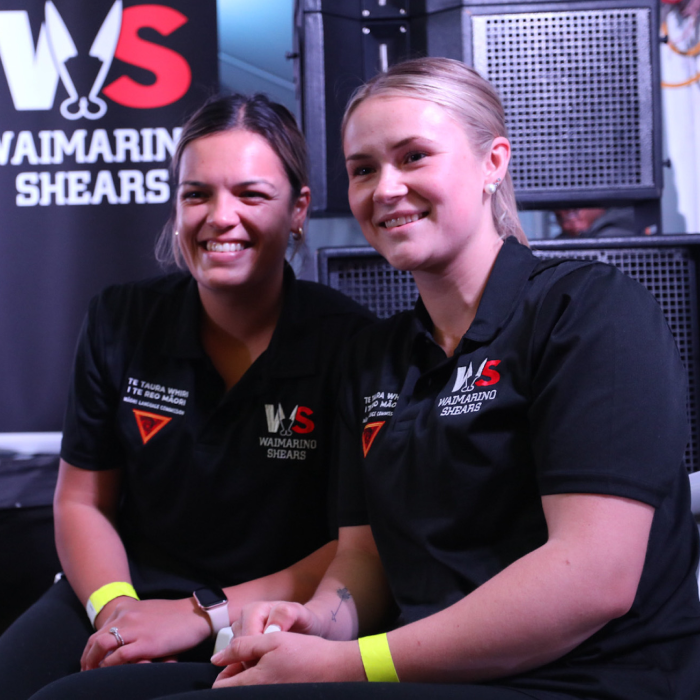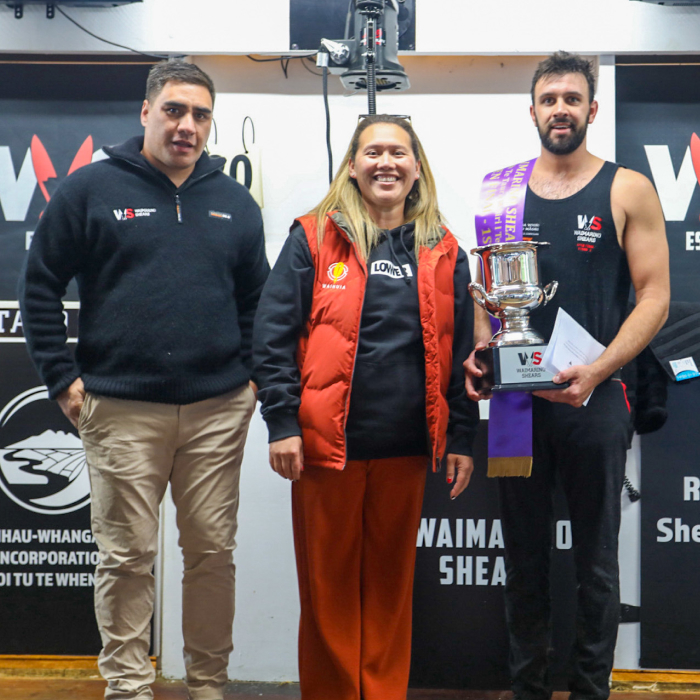
History of the Waimarino Shears
The Waimarino Shears is an annual shearing competition held in Raetihi, New Zealand. Since its inception in 1979, it has evolved into a major event in the shearing community, attracting top competitors and fostering local pride. Over the years, the competition has introduced new initiatives, embraced cultural traditions, and played a crucial role in the development of shearing talent.
Origins and Early Years
The Waimarino Shears was first held in 1979 as part of the Raetihi Agricultural and Pastoral (A&P) Show. Over time, it gained popularity and became an independent event. Now, it runs alongside the Waimarino Rodeo every March. The Edmonds family has been deeply involved since its inception, with multiple generations contributing to the event’s success.
Significance in the Shearing Community
The Waimarino Shears is a key fixture in the shearing calendar, drawing top competitors from across New Zealand and internationally. The event features Novice, Junior, Intermediate, Senior, and Open grades, as well as a speed shear competition. It also plays a significant cultural role, recognizing the strong Māori presence in the shearing industry and supporting the local economy.

Evolution and Milestones
Over the years, the Waimarino Shears has seen several major developments:
- In 2011, it hosted an international test match between New Zealand and Wales, where the Kiwi team achieved a record-breaking victory.
- In 2018, the event celebrated its 40th anniversary, recognizing long-time contributors like Peter Lewer, who served as a commentator and judge for 35 years.
- In 2021, the Waimarino Shears became the first shearing event to fully integrate te reo Māori, incorporating bilingual signage and Māori terminology into the competition.
- In 2023, the Open Speed Shear event was introduced, which has been widely praised as the best speed shear competition in New Zealand.
- In 2023, the Te Akoranga Kutihipi program was launched, providing novice and junior shearers with training and education to develop their skills in shearing.
- In 2024, the Waimarino Elite Development Award was introduced to recognize and support young shearers in the Junior and Intermediate grades.
- In 2024, Te Kuti-o-te-Rangi, an industry-based karakia, was launched and shared with other major shearing events, including the New Zealand Shearing Championships, Hawke’s Bay Autumn Shears, and the New Zealand Shearing Contractors Association.
- In 2025, Waimarino Shears introduced the Wool in Schools program to educate students in the Waimarino region about the wool industry.

Notable Champions and Records
The Waimarino Shears has seen some of New Zealand’s best shearers claim victory. Rowland Smith holds the record with eight Open-class titles since 2013. Other notable winners include John Kirkpatrick, Gavin Mutch, and shearing legend Sir David Fagan. The event has also set records, including the largest margin of victory in an NZ vs. Wales test match in 2011.
History of the Waimarino Shears
The competition broadened its educational outreach by collaborating with the Wool in Schools programme. Through this initiative, Waimarino Shears helps bring interactive wool education modules to local schools, allowing primary school children to learn about the wool industry through hands-on activities.
The Waimarino Shears has evolved from a small local contest into a premier shearing competition. With its deep roots, commitment to innovation, and dedication to honoring shearing culture, it remains a cornerstone of the shearing world. By integrating competitive excellence, cultural significance, and educational initiatives, it continues to lead the future of the shearing industry.
